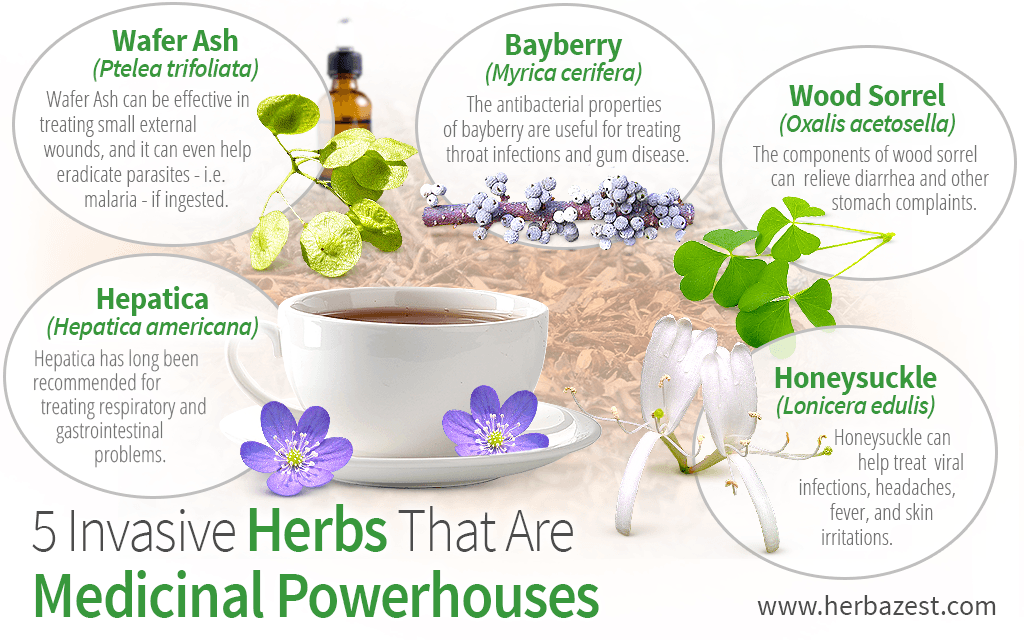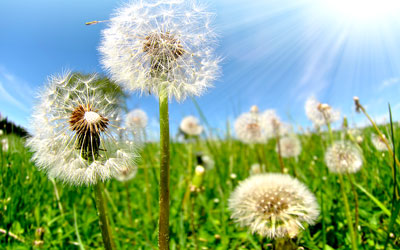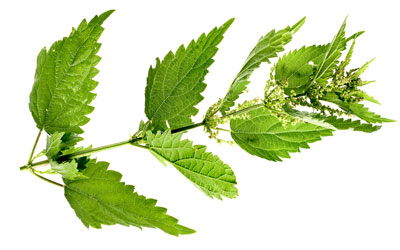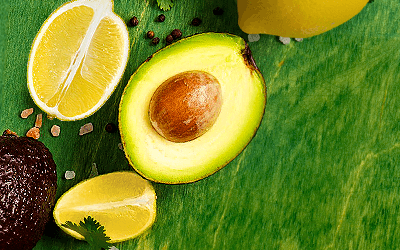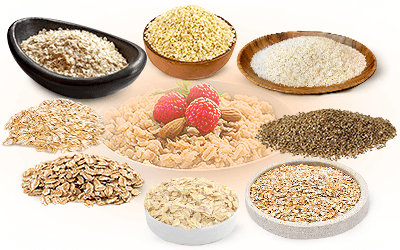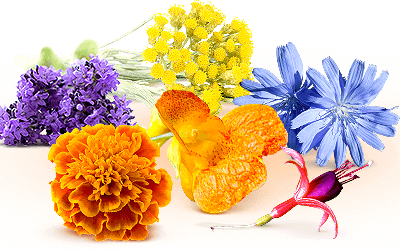Many of the plants that are often considered to be nuisance weeds can in fact be used in herbal remedies to benefit health. Some of these can be found in gardens or in the wild, and if you know what to look for, it is easy to harvest the plants you need and make medicinal preparations at home. Alternatively, keen gardeners can cultivate these herbs from cuttings of the plant, and then have convenient access to them year-round.
Because they are generally hardy to diverse conditions, these herbs can be cultivated by anyone with little effort. Once established, they can become increasingly expansive and can seem like they are taking over the garden. To keep them under control, they should be pruned regularly, and the excess foliage can be used to make herbal teas, natural syrups, or tinctures.
1. Dandelion (Taraxacum officinale)
Commonly found growing wild in private gardens and open areas, this humble herb is often considered as a nuisance by gardeners; however, dandelion boasts medicinal and nutritional properties. Dandelion leaves are edible, providing impressive levels of vitamin K (phylloquinone) and vitamin A (from carotenoids). Thanks to its diuretic properties1, a dandelion tea can help eliminate excess of fluids and toxins through the urine as well as stimulate liver function2. A dandelion tincture for liver health can make wonders to stimulate and protect this important organ.
2. Honeysuckle (Lonicera edulis)
A pretty wildflower, many people enjoy the presence of honeysuckle in their garden, but at the same time, many gardeners see it as a hindrance. Those who have access to it can benefit from its multiple medicinal properties and use it to treat a range of maladies such as viral infections, headaches, fever, and skin irritations. This array of potential cures is due to the presence of important compounds, such as salicylic acid, which is used to make aspirin.3
3. Wood Sorrel (Oxalis acetosella)
There are many different varieties of wood sorrel found all over the world, so it is usually fairly easy to find some to make herbal preparations. Once the plant appears in the garden, it is known to spread rapidly, so it is advisable to check and remove plants often. The components of the extracted plants are especially suited for syrups and decoctions, which can be consumed to relieve diarrhea and other stomach complaints.4
4. Nettle (Urtica dioica)
Well known for its prickly leaves, if left unchecked, nettle, or stinging nettle, can quickly spread and take over a garden. However, this herb is a surprising source of nutritional and medicinal benefits. Nettle leaves can be used in salads, stews and infusions, providing substantial amounts of calcium and magnesium, along with strong antihistaminic action that helps relieve the symptoms of common allergies5, and anti-inflammatory properties that can soothe internal inflammations and skin irritations. An anti-anemia dandelion and nettle tea can stimulate the production of red blood cells.
5. Hepatica (Hepatica americana)
A bright and pretty wildflower, hepatica also has a reputation for being somewhat invasive in the garden. It thrives in most different types of soil, and requires little if any human maintenance, making it a favorite among new gardeners. All aerial components are edible, and they can be used for tea, ointments, and tinctures, among other preparations. Hepatica has long been recommended for treating respiratory and gastrointestinal problems.6,7
These are just five of many invasive herbs with medicinal benefits that can be found in the wild, and are therefore widely available. They may well be considered a nuisance by some gardeners, but their internal properties in fact make them a brilliant source for a range of herbal remedies.
Sources
- Edible Wild Plants, pp. 177-190
- Making the Most of Shade, pp. 174-175
- The Complete Guide To Herbal Medicines, pp. 44-45
- University of Washington, Plant Data Sheet: Urtica dioica
- Backyard Medicine, Honeysuckle, Woodbine (Lonicera periclymenum), pp. 70-71
- Encyclopedia of Herbal Medicine
Footnotes:
- Journal of ALternative and Complementary Medicine. (2009). The Diuretic Effect in Human Subjects of an Extract of Taraxacum officinale Folium over a Single Day. Retrieved November 15, 2021, from: https://www.ncbi.nlm.nih.gov/pmc/articles/PMC3155102/
- Food and Chemistry Toxicology. (2010). In vitro and in vivo hepatoprotective effects of the aqueous extract from Taraxacum officinale (dandelion) root against alcohol-induced oxidative stress. Retrieved November 15, 2021, from: https://pubmed.ncbi.nlm.nih.gov/20347918/
- Molecules. (2012). Phenolic Profile of Edible Honeysuckle Berries (Genus Lonicera) and Their Biological Effects. Retrieved October 28, 2022 from https://pubmed.ncbi.nlm.nih.gov/22269864/
- Camerun Journal of Experimental Biology. (2005). Antidiarrhoeal activity of aqueous and methanolic extracts of Oxalis corniculata Klotzsch. in rats. Retrieved November 9, 2022 from: https://www.ajol.info/index.php/cajeb/article/view/37933
- Phytotherapy Research. (2009). Nettle Extract (Urtica dioica) Affects Key Receptors and Enzymes Associated with Allergic Rhinitis. Retrieved March 23, 2020 from https://www.ncbi.nlm.nih.gov/pubmed/19140159
- Wiadomosci lekarskie. (2012). Phytotherapy of respiratory tract diseases. Retrieved July 4, 2022 from: https://pubmed.ncbi.nlm.nih.gov/23289257/
- Iranian Journal of Basic Medical Sciences. (2018). Improvement of the functionality of pancreatic Langerhans islets via reduction of bacterial contamination and apoptosis using phenolic compounds. Retrieved July 4, 2022 from: https://www.ncbi.nlm.nih.gov/pmc/articles/PMC6272063/


